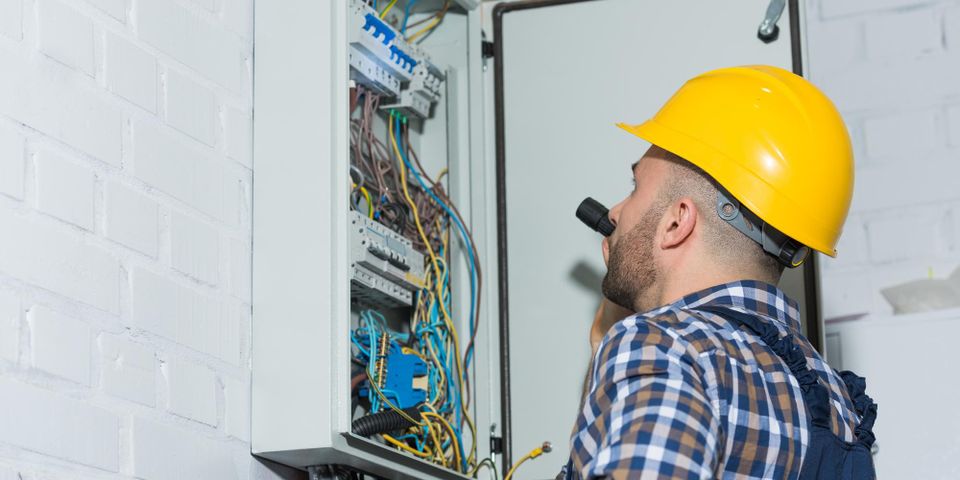
The electrical wiring system is an essential part of your home. When there's an issue and your power goes out, you may be tempted to take care of it yourself rather than waiting for an electrician. This system is complex and potentially dangerous, so it's always best to leave it to professionals. However, it's still important to understand the basics and some terminologies surrounding it. Gain some general knowledge about your electrical wiring below.
What’s the Function of Electrical Wiring?
The electrical wiring system is what provides power to your home, distributing electricity to the outlets and allowing you to plug in electrical devices. However, the process of distribution involves different types of wires and cables, which allow for efficient delivery and power supply.
What Do the Different Colors Mean?
 The colors of the wires indicate their standard or recommended use.
The colors of the wires indicate their standard or recommended use.
-
Black or Red: Either color indicates a hot wire, which carries current from the service panel to the outlet, switch, light, or appliance.
-
White: A white-insulated wire is used for neutral connections that take the current back to the panel.
-
Bare or Green: A bare or green-insulated wire serves to ground a faulty connection to the panel and stop the flow of electricity.
What Are the Various Sizes?
In an electrical wiring system, cables and wires are two different elements, although the terms are often used interchangeably. The cable is made up of two or more wires, wrapped in a plastic jacket or sheathing. On the other hand, the wire is the conductor that transports the current.
Wires come in different sizes or gauges. The higher the gauge number, the smaller or thinner the wire. The thickness corresponds to the amperage of the circuit, which is why appliances such as electric stoves, water heaters, and central air units require 10- to 6-gauge wires. Remember to use the same gauge as your current wiring if you plan on adding an outlet to prevent fires and short circuits.
Cables are categorized according to numbers, which come in two's and are hyphenated. The first number refers to the gauge size, while the second pertains to the number of conductors inside. For example, a 12-2 cable has two 12-gauge conductors inside, plus a grounding wire.
When you need assistance with your home’s electrical wiring system, count on the licensed electricians from Zelek Electric Co. Based in Old Lyme, CT, they’ve provided quality electrical services to residents throughout New London and Middlesex counties since 1983. Call (860) 434-9726 for an emergency electrician, or view their full list of services online.
About the Business
Have a question? Ask the experts!
Send your question

